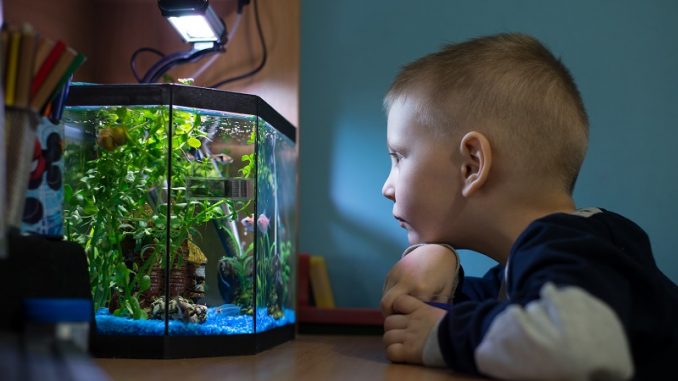
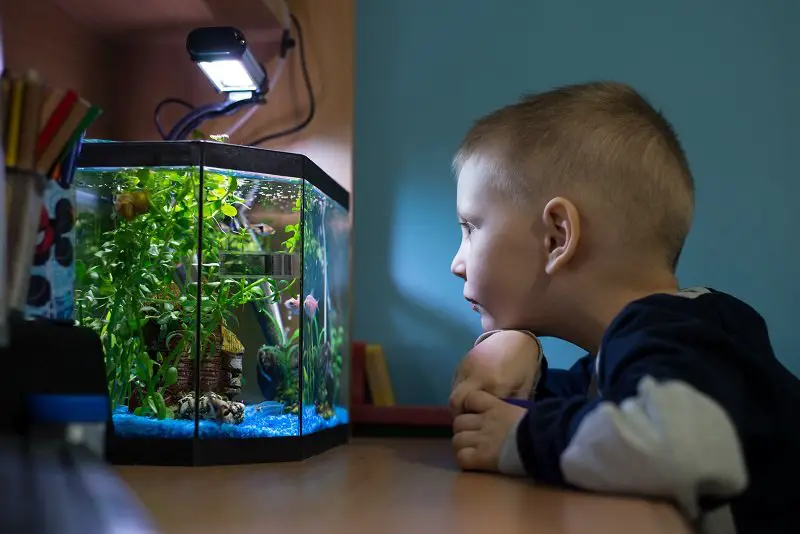
Most kids love animals, so at some point, they will likely want a pet. While cats and dogs need a lot of attention, fish are low maintenance and won’t take up much of your time.
Most fish are easy to look after, which means that kids can get involved and help out with caring for them.
And in terms of interest, it’s hard not to be captivated when watching a shoal of vibrant fish dart around an aquarium.
Once you have decided to get fish, you must choose which species to buy. This will depend on a few things, such as your experience with fishkeeping and the kind of fish your kids like.
We have compiled a top 10 list of the best fish for kids. Your kids will love caring for each of these popular species.
Related Reading: Best Fish for Beginners
1. Guppies

Kids love colors. They can be the most captivating features of fish, so kids will easily become transfixed by a range of colors dashing around an aquarium. Guppies are an excellent source of color for your fish tank. This is why they are sometimes called “Rainbow Fish.” They come from South America, which is a source for many other colorful fish too.
There are many varieties of Guppy to choose from, each with their own colors, patterns, and shapes, so you can pick your perfect fish. What makes Guppies even more appealing is that they are so easy to look after, which is quite important if you’re trying to involve kids with the aquarium.
Each fish will reach a size between 0.6 and 2.4 inches, which means you can keep a small group in tanks of just 5 gallons. The tank itself is easy to set up by mimicking this species’ natural habitat.
Keep their environment clean, and feed them a healthy diet, to ensure that your fish stay healthy. This should minimize the chance of encountering disease. Guppies are omnivores, so they will eat both plant and animal matter. High-quality dried foods will provide many of the nutrients they need, but this should always be supplemented by live or frozen foods.
Guppies love being around their own kind, so the larger the shoal you keep, the happier they will be. A large group will help to show off their colors too.
2. Neon Tetra
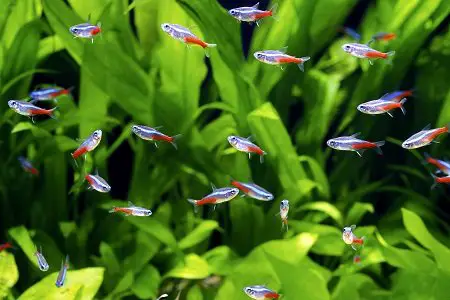
This is another colorful species that most people will have come across at one point or another. They are some of the most widely kept fish in the industry. Each fish has one red and one blue stripe stretching horizontally across its body. These colors are neon (hence the name) and shine brightly underneath aquarium lighting.
Be careful not to mistake them for Cardinal Tetra, which has similar colorations. Neon tetras are a shoaling species that need others around them to stay happy and stress-free. A shoal will move around the tank together, which exaggerates their colors and movements.
They are very active and social, so kids will enjoy watching them for hours. These peaceful fish like being around other species too. You can pick some peaceful tank mates of a similar size to start your own community aquarium.
Most of the other fish on this list will work well. Caring for them is simple. Their preferred tank conditions are similar to many other aquarium fish, so setting up the tank isn’t a problem. They like lots of swimming space and planted areas.
They only grow to be 1.5 inches; you can keep them in 10-gallon fish tanks or larger.
Feed them a mixture of dried foods and live or frozen foods. This will supply these omnivores with all the nutrients and protein that they need.
3. Angelfish
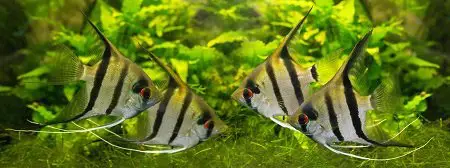
Angelfish cannot compare to Guppies and Neon Tetras in terms of color, but they remain as one of the most beautiful freshwater species because of their shape. They are almost triangular like an arrowhead. Their fins are wide and long, flowing behind them as they swim. They can reach 6 inches in length and 8 inches in height.
I may have been a little harsh about their color. Angelfish are bred in all sorts of colors and patterns, so there are many varieties that can give even the most colorful fish a run for their money.
As omnivores, this species can eat most aquarium foods. In the wild they would mainly eat small live prey, so purchasing some small live or frozen foods (like brine shrimp or daphnia) is the best way to supply a healthy diet.
Angelfish are a type of Cichlid that is native to the Amazon River in South America; it aims to replicate this environment in your tank. It isn’t too difficult. The tank should be at least 20 gallons and be tall enough to accommodate their height.
Leave some areas open for swimming, but provide some densely planted spaces as well. You might notice your Angelfish show small amounts of aggression from time to time. This isn’t normally a problem, but by picking the right tank mates, you can feel confident that all your pets are safe.
Pick species that won’t bully, or be bullied by, your Angelfish. Other Cichlids like Discus or Bolivian Rams will work, but fish like Mollies and Dwarf Gourami are good options too.
4. Kuhli Loaches
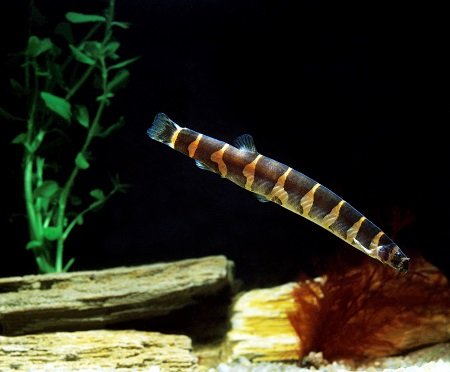
Kuhli Loaches have a unique appearance too. They have a slender eel-like body, but it only grows to 3-5 inches. Along their length are 10-15 dark vertical stripes, with yellow in between. On their head, you will notice 4 pairs of barbels which they use to find food. These are very sensitive, so you’ll need a soft substrate to prevent damaging them.
Another reason for a soft substrate is that these fish like to burrow; they can only do this if the substrate is smooth and easy to move, like sand. They spend a lot of the day burrowing, before emerging to feed at night.
Keep Kuhli Loaches with some active, peaceful mid-water swimmers, so that there is plenty of activity in the tank. Kids will enjoy searching for their Kuhli Loaches, it’s exciting when you manage to spot it. When they’re hiding, there will be other fish in the community aquarium for your kids to watch.
This Asian species isn’t too difficult to care for. As omnivorous scavengers, they’ll eat whatever you have added to the tank once it sinks to the bottom. It is important to keep the tank clean and oxygenated.
A high-quality filter will help with this. Wipe down excess algae when you spot it and perform regular water changes. Air pumps are a good way to oxygenate the water too.
5. Yoyo Loach
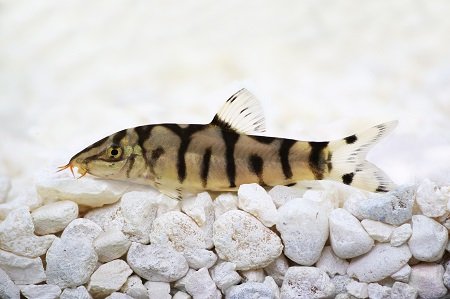
The yoyo loach goes by many names, such as the Almora Loach or Pakistani Loach (because it is originally from Pakistan). Yoyo Loach is the common name because of the distinctive dark bands across their bodies, which produce a Y-O-Y-O pattern.
While the design is very attractive, their personality is a big draw for many aquarists. You can often tell them apart by their behavior, so kids will become separately attached to each one. They are always on the lookout for food, so you can be sure that there will always be activity in the lower levels of your tank.
Yoyo Loaches generally keep to themselves, though they are inquisitive and will interact with others. They’ll stand up for themselves if needed but will remain peaceful most of the time. Most tropical fish species make good tank mates. Just make sure that they aren’t slow swimmers so that they can get away from Yoyo Loaches if they become boisterous.
Either keep them singly or in groups of 5-6 to avoid competition between them. They can grow to 2.5 inches (sometimes larger), so a single fish will need at least a 20-gallon tank. Use a soft substrate to protect their barbels. Provide some caves and plants to give them spaces to hide away in.
You can use most aquarium foods for this omnivore. Yoyo Loaches eat whatever they can find sitting on the substrate.
6. Dwarf Gourami
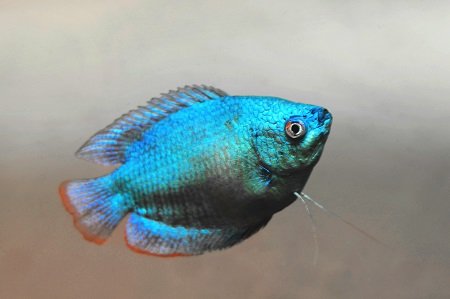
The dwarf gourami is a member of the Osphronemidae family, which means it possesses a very useful organ. It’s called the labyrinth organ and it is used to take in oxygen from the air. This is something that you can teach your kids. They can watch it in action, as Dwarf Gourami will occasionally head up to the surface to breathe.
This isn’t done all the time though since this species has gills too. Even when swimming around the aquarium normally, they are a beautiful sight. They have around, yet flat body with large fins and some impressive colors.
There are many colors and patterns available. Traditionally they are blue and red, either striped or speckled.
Another selling point is that they are very hardy.
Caring for them is easy and they should be fine if conditions in the tank change slightly, as long as you rectify it quickly. They grow up to 4.5 inches, a pair could be kept in a 10-gallon tank. They are happy with their own kind, but you can keep them with other species too. They get on well with others if they are peaceful and don’t nip fins.
There are other kinds of Gourami on the market too if Dwarf Gourami isn’t quite your style.
7. Mollies
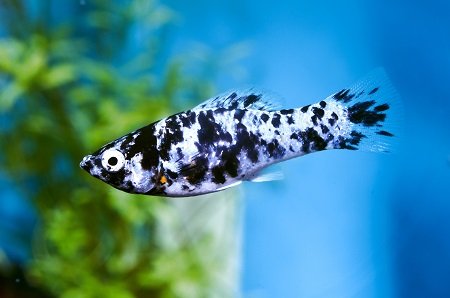
Up next are molly fish, a well-known livebearing fish. This means that their eggs develop internally and are birthed alive young. If you are looking to start a brand-new breeding tank with your kids, this is possibly the best species you could pick. They mate regularly and will often do so in captivity, even if you’re not trying to get them to.
If you’re not looking to breed them, they still make excellent additions to a community aquarium. These peaceful fish get on well with others of a similar size and temperament. You should keep them in groups of at least four.
In the wild, they would stay with their own kind. A small group like this will fit in 10-gallon aquariums. Your freshwater setup should include plenty of plants to act as shelter. These are useful during spawning too.
Mollies are another easy species to feed. They eat both plant and animal matter, and therefore most aquarium foods. Part of the diet should be nutritious live foods, especially when mating.
We haven’t even mentioned how great Mollies look yet. Their colors are bold. You can pick the color you want because they have been bred extensively.
There are a few different types of Molly Fish. These include the Sailfin Molly (which has a large dorsal fin) and the Lyretail Molly (with a caudal fin that narrows into two points that trail behind).
8. Swordtails
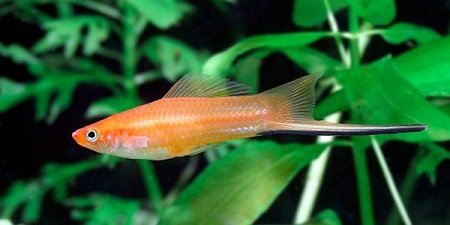
Swordtails are another livebearer species that is quite simple to breed. They are closely related to Mollies and Platy Fish; they are all in the family Poeciliidae. You can easily identify male Swordtails because, unsurprisingly, their tails look like swords.
The lower lobe of the caudal fin is elongated. Females lack this. Natural populations from North and Central America are olive-green colored, but nowadays there are many varieties for you to select from, due to selective breeding.
Beginners will enjoy Swordtails because they are very easy to care for. Once they are in the aquarium, you just need to keep it clean and feed them well. They will eat virtually anything. Their minimum tank size is 15 gallons because they can grow up to 6.5 inches.
You should be keeping them in small groups, even though they don’t necessarily shoal. Only keep one male per every four females to prevent aggressive displays.
Fighting could lead to injury and death so watch out for this behavior. Swordtails enjoy having other fish around them, they are a social species.
They display plenty of interesting behaviors, so kids will love watching them. A peaceful community aquarium is a great place to keep them. If they are around boisterous fish, they will become shy and hideaway.
Your aquarium should have both open swimming spaces and densely planted areas, the latter is important for spawning.
9. Clown Fish
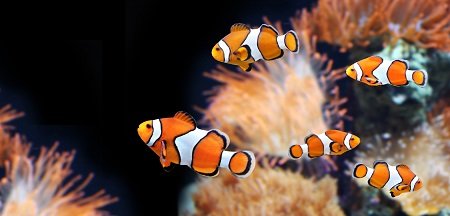
So far, we have only discussed freshwater fish, but there are also so many great opportunities with marine fish.
One of the most iconic is the clownfish.
Kids will recognize this species from the film Finding Nemo, so ClownFish will likely be one of their favorites already. Fortunately, this species is easy to keep at home, so it is a great choice for beginners who have never started a marine tank before.
You can replicate their natural diet by supplying plenty of meaty foods such as Mysis Shrimp and Brine Shrimp. Part of their diet can be flakes or pellets, which will contain some varied nutrients. The tank should be at least 20 gallons for these 4-inch fish.
It is recommended that you keep ClownFish in pairs or small groups. To start a peaceful community, you could add some Damselfish or Blennies. Ideally, your tank would contain Anemones, but these can be harder to care for. If you are new to the marine world, perhaps try some other corals or rocks first.
Like much marine fish, ClownFish are boldly colored and will brighten up your aquarium. Their coloring is a powerful orange with three white stripes and black borders to their fins.
10. Pajama Cardinalfish
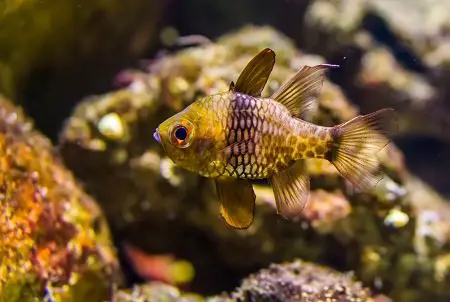
This is a very peculiar species that draws people in with its strange appearance and behaviors. It’s another peaceful marine fish that does well in a community.
The first thing you’ll notice is their odd patterns. They have a yellow head and dorsal/pectoral fins; red polka dots at the rear; and a vertical black bar in between. Not to mention the red-eye.
People are often interested in their behaviors as well. They are mostly active at night (hence their large eyes), so they spend much of the day hovering in place next to caves and rocks.
You should keep Pajama Cardinalfish in groups of 5 or more. They will mostly remain peaceful, but will sometimes show aggression towards each other when pairing off to breed.
Most peaceful marine fish make great tank mates. The tank itself should have areas to hide away, but also lots of open swimming space. You can try incorporating some corals if you’re feeling confident.
You can feed them high-quality dried foods. If they don’t accept them then try live shrimp. Both are needed to provide a healthy diet. While they will mate in captivity, there are some easier species available to breed. Cardinalfish are mouthbrooders, which means the male holds the eggs in his mouth while they develop.
Summary
Involving kids in fishkeeping is a rewarding experience. They can learn a lot, and have fun along the way.
Hopefully, you have spotted some fish that your kids might like, or they’ve pointed out their favorites. The 10 species on this list are great options, but there are many more out there to choose from.
If you want to get the kids involved in caring for them, then you’ll want some hardy species that are easy to care for. If you’re an experienced aquarist who will be doing most of the maintenance, then bright and colorful species will be very popular with children.
Whatever you pick, your aquarium will make a great attraction that the whole family will enjoy.

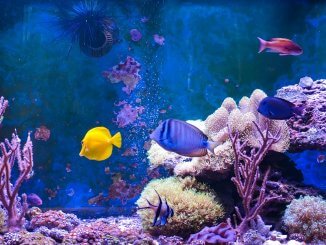
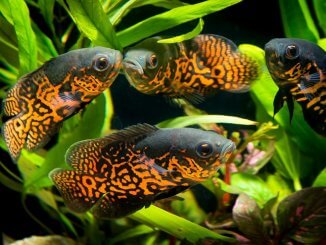

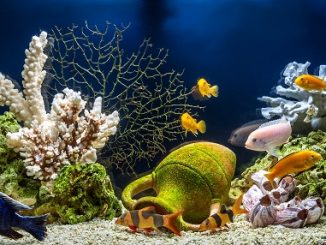

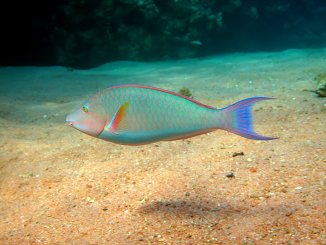
My daughter has a cat and my daughter gets bored most of the time so I am thinking of getting a fish for her. And this was very helpful .